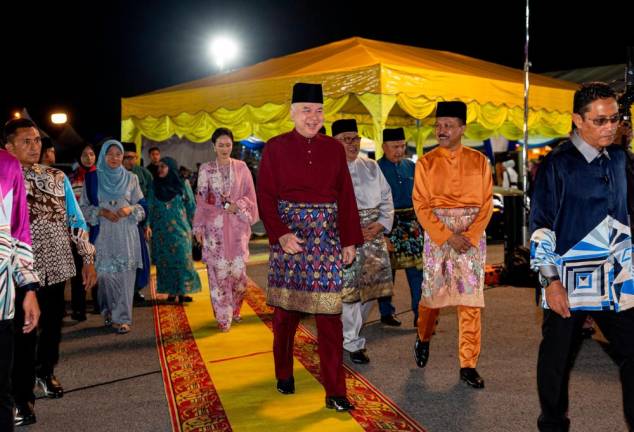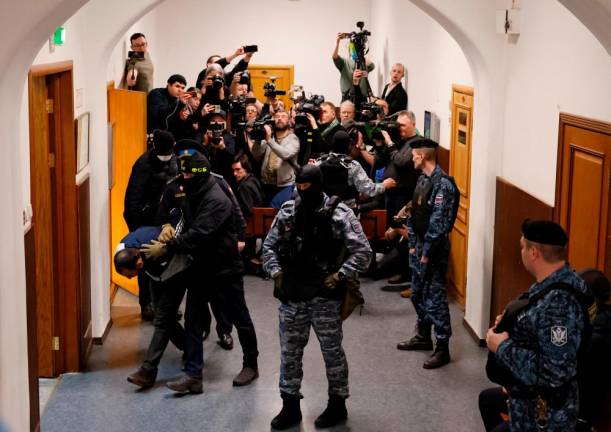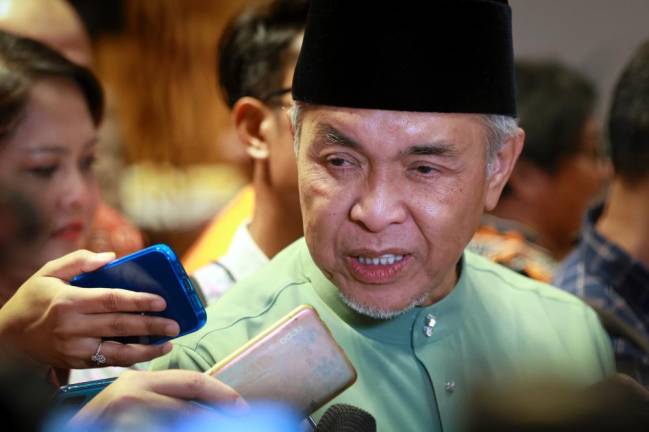PETALING JAYA: Although the subsale residential segment has always been strong, accounting for 80% to 85% of total transactions in the property market, buyers of subsale units are not ready to pay the asking price of the property owner, as the average selling price in subsale residential is 20% lower than the asking price.
iProperty.com.my general manager for customer data solutions and quality Premendran Pathmanathan (pix) said the difference between the asking price and the actual transacted price is 20% to 25%, depending on the location of the subsale property.
“The asking price of high-rise units has begun to drop as there is too much supply out there and owners cannot command prices in the high-rise subsale residential market. Terrace houses do not experience a drop in asking price as they continue to command prices,“ he told reporters at the virtual presentation of the biannual iProperty.com.my H1 2021 Portal Demand Analytics (Subsale Market) on Tuesday.
iProperty.com.my revealed that demand for Malaysian subsale residential properties on its website has shown positive growth in H1 2021. Both unique visits and property listing supply comprising terrace houses, condominiums, serviced residences, and apartments have increased 19.2%, a turnaround from a 2.5% decline in traffic in H1 2020.
“It is encouraging to see recovery for the subsale residential market in H1 2021. The Covid-19 pandemic did not adversely affect this segment as it did in H1 2020, where the demand figure dropped into the negative region. One of the critical factors driving demand recovery in H1 2021 was that property seekers have warmed up to the idea of conducting property searches online as well as browsing for property and following up with property agents online. This has been accepted as the new normal.
“The Home Ownership Campaign (HOC) extended until December serves as a motivation too. The various HOC property deals have a spillover effect on the subsale residential segment as property seekers who are conducting due diligence will continue to browse subsale homes in the same area to compare property prices,“ he said.
The property portal said home loan applications saw an increase as well as demand for all property types.
Based on Bank Negara Malaysia’s monthly loan application data, the value of home loan applications grew 86% year-on-year (y-o-y) to RM179.4 billion in H1 2021 from RM96.4 billion in H1 2020. The value of loans approved increased by 92.6% y-o-y in the same period. With the Overnight Policy Rate at a record low of 1.75%, many consumers are searching for property bargains in a low interest rate environment.
Interest in terrace houses remains the highest in Malaysia with a 29% y-o-y increase, and this has allowed sellers to maintain their high asking prices, with an increase of 1.6%. Demand for condominiums, apartments and serviced residences is positive albeit lower, with a 5.2%, 11.7%, and 6.8% y-o-y increase, respectively. However, the asking prices of high-rise homes in all major states have dropped due to a high number of unsold units and as a means for sellers to attract buyers.
Premendran said the upward trend of approved home loan applications is promising which shows financially-abled Malaysians are still interested in purchasing homes either for their own stay or for investment purposes.
“However, positive figures aside, aspiring homeowners should plan before committing to long-term borrowing, as interest rates might not stay low for long. A return to pre-pandemic interest rates could result in higher monthly repayments in the future. As our country ramps up its vaccination programme and moves towards herd immunity, we hope the economy and by extension, the property market will continue to recover in the second half of the year,“ he said.
Kuala Lumpur posted an 8.1% growth in subsale residential demand, compared with 0.3% growth in H1 2020. The asking prices in affluent areas such as Damansara Heights, Sri Hartamas, Mont Kiara and Desa Parkcity are more likely to be higher as these are prime areas for wealthy property seekers. However, property sellers in other parts of the capital city are lowering their asking prices, signalling a slight decline in holding power.
“(Subsale residential units) in Kuala Lumpur such as at Bangsar and Salak South have higher demand due to houses available in bigger sizes. While in Selangor, Serendah and Setia Alam demand is growing because of bigger sizes. People are warming up to the idea of working from home and do not want to commute to work any more, as companies are considering hybrid working arrangements in the long run.
“The main reason subsale units are preferred over new units is location. These ready units are at ideal locations that are commercially, economically, and connectivity matured.”
Premendran said the pandemic and the rise of remote work have led many buyers to seek homes with more space or in towns farther from their offices. Another reason is that propeties farther from cities are lower in price.
“Areas like Kuchai Lama, Semenyih, Cyberjaya, Gombak have been in the limelight because the demand in these areas has increased.”
Selangor’s subsale residential property demand grew by 17.6% in H1 2021, mainly driven by the 20.7% y-o-y demand jump for terrace houses (3.5% increase in asking prices).
The state’s suburban areas remain the top choice seeing that the working from home trend is here to stay and consumers are interested in affordable, spacious properties. Puncak Alam and Dengkil saw high demand for terrace houses priced between RM500,000 and RM750,000 (1,500 sq ft to 2,000 sq ft), whereas property interest in Semenyih and Sungai Long was for spacious terrace houses (2,000 sq ft to 3,000 sq ft).
Setia Alam experienced a 41% demand growth, contributed mainly by the workers of a top rubber manufacturing factory looking for affordable high-rise accommodation in the area as well as property seekers looking for more premium landed homes (above RM 1 million).
Compared to H1 2020, Penang’s subsale residential property demand growth has recovered from 6.5% decline to 23% growth on-year due to interest in industrial areas such as Batu Kawan and Bayan Lepas, which host many technology manufacturing companies.
On the mainland, lower-priced landed properties commanded higher asking prices between RM300,000 and RM500,000. These areas include Juru, Nibong Tebal, and Seberang Jaya.
In H1 2021, Johor’s subsale residential property market experienced positive growth of 36.5%, against a 22.8% decline in H1 2020.
The increase came mainly from local property seekers as foreign demand, especially from Singapore, remains low with international borders still closed. Landed homes are still the preferred property type in Johor, with terrace houses priced between RM300,000 and RM500,000 (1,500 sq ft to 2,000 sq ft) being the top choice.
Batu Pahat and Pasir Gudang became the top two most in-demand areas in Johor. Pasir Gudang experienced a 9.61% growth in asking price due to its reputation as one of Johor’s industrial hubs. Meanwhile, asking prices in Iskandar Puteri, Johor Baru and Gelang Patah have declined. Nevertheless, there was considerable interest for spacious landed properties in Iskandar Puteri priced up to RM1 million (more than 2,000 sq ft).
Premendran said the economy, border reopening, and vaccination rate are the catalysts for the subsale residential market in 2022.
“A location like Johor is highly dependable on Singapore and with Penang being a tourists state, there will be an increase and growth in our portal analysis when foreign demand is back. Also, when vaccination rates move up, buyer sentiment will go up,“ he said.










